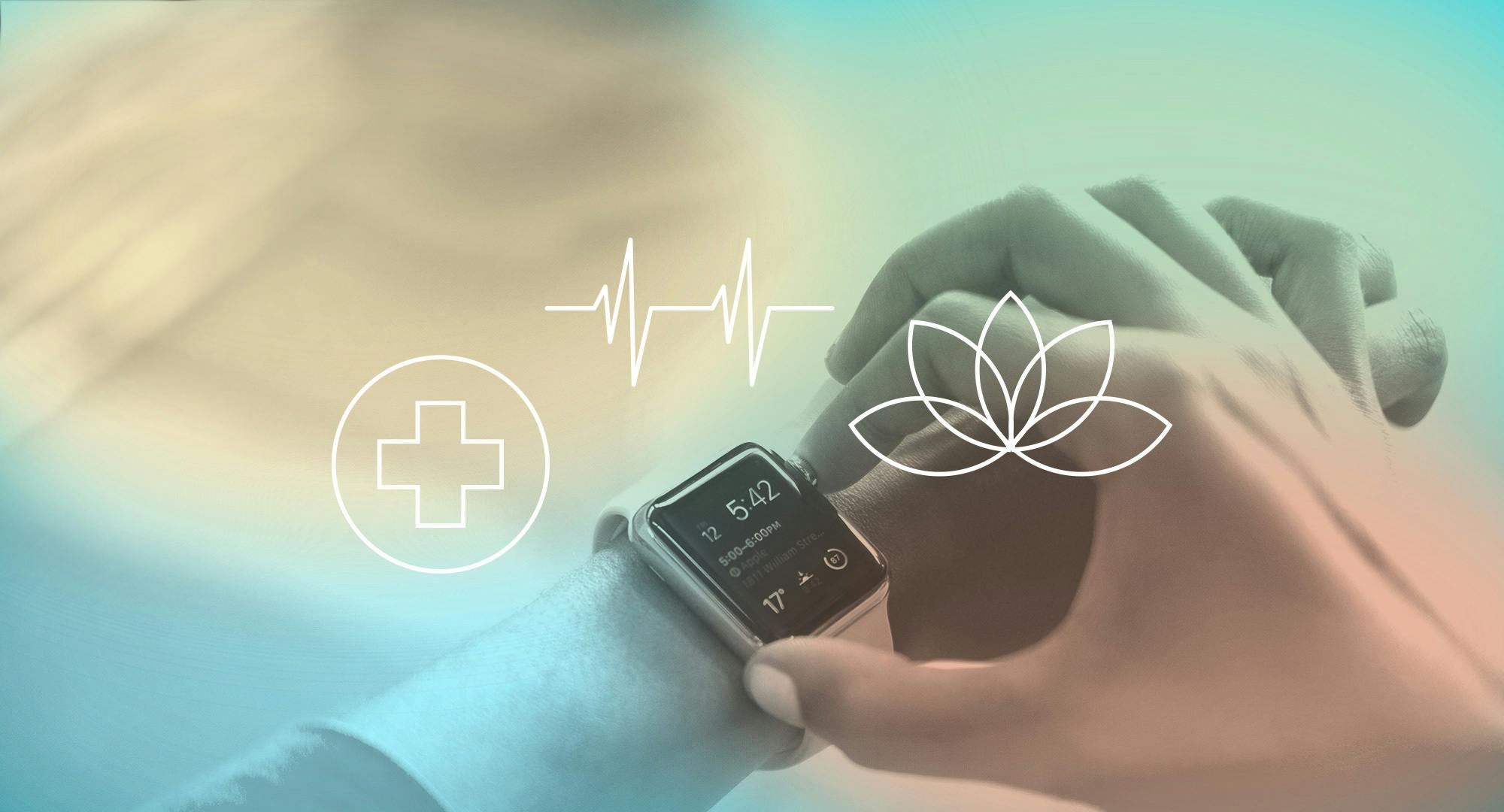CES 2021: Digital health explodes
Here’s a mind-blowing set of statistics for you: prior to 2020, only 24 percent of healthcare systems offered any form of virtual care.
CES 2021: Digital health explodes
Let's build something together.
Empathic Design in Practice
What comes before and after you walk in your users' shoes? We distill empathic design into six principles for easy adoption.
Read more
Building an MVP app in just eight weeks
In the spring of 2020, as the COVID-19 pandemic forced us to work apart, Delve’s leadership launched an internal pitch competition.
Read more
Inspiration Index 10-13-20
Since Covid, "water cooler" chats at Delve's three offices are now largely happening on Microsoft Teams, where we're sharing what we're reading and listening to with each other. We're compiling some of the best nuggets into what we're calling an "Inspiration Index," that we'll share on a bi-weekly basis. We hope you discover something that will inspire - or at least intrigue - you.
Read more
Inspiration Index 9-25-20
Since Covid, "water cooler" chats at Delve's three offices are now largely happening on Microsoft Teams, where we're sharing what we're reading and listening to with each other. We're compiling some of the best nuggets into what we're calling an "Inspiration Index," that we'll share on a bi-weekly basis. We hope you discover something that will inspire - or at least intrigue - you.
Read more
Operation #BadgerShield
Since we posted a blog post talking about how the Open Source Face Shield project had started to supply the University of Wisconsin hospitals with this critical personal protection equipment (PPE), our team has had little time to breathe.
Read more
CES 2020: Day two cool stuff
Our team spent the second day of CES at Tech West, home base for health, wellness, home, wearable and fitness technology. It's also the hub for Eureka Park, where the scrappy startups vie for attention of venture capitalists and potential partners.
Read more
